The leaders in your company must understand the value an employee recognition scheme brings and how it impacts on overall business success. Any business that values its employees and wants them to stay needs to understand that regularly showing appreciation is a key driver of engagement and retention.
Having constant flow of employee recognition is vital to productivity, engagement, morale and retention. You’re doomed if you ignore it while your competitors embrace it.
This blog gives covers the fundamentals of what everyone, from middle management to CEOs, needs to know about employee recognition.
What’s covered in this article:
1. What employee recognition is
2. Why employee recognition matters (the business case)
3. When to recognise your employees, and for what
4. How to recognise staff
5. Getting started on employee recognition
What is employee recognition?
 By definition, employee recognition is:
By definition, employee recognition is:
“Communication that seeks to highlight or celebrate achievements, with the intent of reinforcing behaviour and building positive habits.”
That’s a very staid and plain way of describing recognition, however accurate it is.
When you recognise employees, you’re highlighting positive behaviour. Behaviour you want to see repeated and celebrated. We’ll go into details on what you might want to highlight later.
But for now, you can see from that definition that recognition has always existed. It was there every time someone said “good job.”
It just hasn’t always been understood or embraced as a tool for your business.
Peer-to-peer and social recognition are different
Traditional recognition schemes tend to focus heavily on top-down recognition.
Managers recognise employees and senior leaders recognise managers in turn. There’s nothing outright wrong with that, managers should recognise staff for their work. It’s just so constrictive. Peer-to-peer and social recognition put the hierarchy aside and let anyone recognise anyone.
Giving employees the chance to recognise anyone across the business is empowering. It offers them a voice, and an opportunity to talk about what’s important to them in the workplace.
How recognition and rewards interact
 Your recognition efforts aren’t inherently separate from your rewards. But they’re not really the same thing, either.
Your recognition efforts aren’t inherently separate from your rewards. But they’re not really the same thing, either.
We have a good longer read on everything you need to know about rewards here if you want to read up.
To summarise in a hurry: they’re connected, but separate. Recognition doesn’t have to involve any kind of cash-value reward, but rewards are inherently a form of recognition when they’re the result of behaviour at work.
Pay isn’t the same as employee recognition, by the way
Despite what the more curmudgeonly business leaders think.
Pay is a transaction. It’s cold. It’s also something employees fast become accustomed to. That’s why cash is so questionable as a reward. Our blog goes into more detail on that here.
The emotions you’re trying to create with recognition shouldn’t be associated with being paid on time. You and your employee have already agreed about what their work is worth. Recognition, and reward, are always in addition to being paid.
Why employee recognition matters
Employee recognition is more than just a feel-good exercise. Even though it does feel good. It’s a valuable tool for your business.
Companies that embrace recognition, and take the spirit of recognition the right way, see genuine benefits to their business.
The tangible outcome of embracing recognition is more motivated, productive and loyal employees.
Morale
 No one wants to feel like their achievements aren’t valued or noticed. When staff feel unappreciated or ignored, they lose heart. It’s only a natural reaction.
No one wants to feel like their achievements aren’t valued or noticed. When staff feel unappreciated or ignored, they lose heart. It’s only a natural reaction.
By pointing out and highlighting achievements, we make sure people know they’re valuable.
This makes employees feel good about their work and their place at your company. Their morale will improve, improving the mood of the employees around them.
Productivity
Receiving employee recognition, whether from peers or managers, is validating.
If you’re feeling a bit more callous, you might say to yourself: “Why do I care about employees being happy as long as they get the job done?”
Simple answer: happy employees do more work. They also do better work, they’re easier to collaborate with, and their happiness rubs off on other staff.
Retention
Feeling unappreciated is one of the biggest reasons employees cite when they leave a company. And recognition is a proven pathway to make employees feel more valued.
As we talked about in one of our longer read blogs, retention costs companies thousands of pounds a year. It costs as much as £30,000 to replace a skilled employee once recruitment, training and productivity dips have been accounted for.
There’s no real room for argument here. Not when your company can start recognising employees for free, and it could save you tens of thousands a year.
How employee recognition affects your company culture
 When you embrace employee recognition, it becomes a feedback loop for your company culture.
When you embrace employee recognition, it becomes a feedback loop for your company culture.
What you recognise is by default what you treasure and want to promote about your workplace.
You’re signalling that to staff when you recognise them. It’s only natural human behaviour to seek out validation, and to seek to replicate behaviour that results in positive reactions.
Your leadership need to understand this
The link between recognition and culture is why it’s so important leadership understands their role in recognition.
They’re building a company culture, for better or worse. Whether or not they even know they’re doing it.
What your leadership recognise and reward is a way of telling staff how to behave. Regardless of whether your employee handbook says otherwise.
Engagement is in the employee recognition mix
 You’ve probably heard about employee engagement by now. If you haven’t already thought about it, read a quick run-down on our blog here.
You’ve probably heard about employee engagement by now. If you haven’t already thought about it, read a quick run-down on our blog here.
It’s essentially your staff getting invested in your company purpose and values. That investment influences their behaviour at work.
Employee recognition has a positive effect on engagement. As long as you get it right.
For many companies, embracing recognition is an extension of their company culture. Seeking and highlighting the value other colleagues bring to the company is a part of how they work.
For other companies, the recognition is what makes the values in your company come to life. By asking employees to express the company values when recognising employees, those ideals are kept alive in the workplace.
This makes it easier for staff to identify and invest in what your company stands for, improving their engagement with your business.
Where’s the proof?
We don’t advocate for the benefits of recognition for no reason. There’s plenty of evidence to show that recognition generates real improvements in your company. As long as you execute it properly.
When there are measurable, tangible benefits to employee recognition, you sort of have to be mad to refuse to take it seriously.
Morale

- 97% of public sector managers agree recognition improves morale, and 98% of managers agree recognition improves a sense of belonging[1]
- Loyalty

- 55% of employees say they would move for a company that clearly recognises its employee contributions [3], and recognition rich environments have a 31% lower turnover rate. [6]
Productivity

- Happy employees are, on average, 12% more productive,[2] and and strategic peer-to-peer recognition improves productivity by 32%. [5]
- Engagement

- Employee engagement increases by 61% when employee recognition programs are offered [4], and a 15% uplift in engagement correlates with a 2% uplift in operating margin. [7]
When to recognise employees, and for what
Employee recognition isn’t a magic staff happiness button. You can’t dish out recognition for everything and anything and expect to see the benefits in line. Pick your moments.
It might cross your mind that we talked about social and peer-to-peer recognition earlier. When your company puts the power to recognise in your employees’ hands, you have to give up a bit of control.
That’s no bad thing, staff need that freedom to feel in control. And you can keep the recognition on track with your social recognition platform – just ask staff to match all their recognition up to one of your company values.
Picking the right time to recognise staff
 Choosing the right time to recognise – Use a similar checklist to our when to reward section but make some changes.
Choosing the right time to recognise – Use a similar checklist to our when to reward section but make some changes.
Much like rewards, it’s handy to have a little mental checklist. When you’re thinking about employee recognition, especially as a manager, think about:
Values – Ask yourself whether what you want to recognise is part of your company values.
Notable – Making a coffee, or completing standard job tasks isn’t notable. For recognition to be effective it has to highlight behaviour both the employee and management would acknowledge as notable.
Timely – Millennials especially feel the need to see quick recognition for the best work. But it doesn’t matter what generation your staff belong to, being close to the event is helpful.
Positive – Remember what we said about what you recognise becomes what you see in the workplace. Only recognise employees for behaviour you would want the public to see.
Repeatable – This harks back to what we said about recognition being about generating positive behaviour. If you want to see certain behaviours more often, it helps if what you recognise is repeatable. If not the actual task itself, then the spirit of the achievement.
Employee recognition suggestions
 Take a look at these ideas as a starting point. Every business is different, so please don’t feel like you should be constrained by these suggestions.
Take a look at these ideas as a starting point. Every business is different, so please don’t feel like you should be constrained by these suggestions.
Employee achievements – Put employee accomplishments in the spotlight and show they’re valued.
Longevity – The longer your staff stay, the more valuable they are. And the more important it is to keep them around. Recognise their longevity milestones to make it clear.
Good ideas – Improving processes, products or services with creativity or knowledge.
Problem prevention – Spotting a roadblock and prevent a crisis could save you huge amounts of hours and money fixing a problem.
Project delivery – Making sure vital projects go live on time.
Working on initiative – Acting on good ideas when the chance comes along and turning them into something workable and valuable to the business.
Helping colleagues – Offering time and care to help colleagues hit deadlines, or help other departments deliver projects.
Going above and beyond – Employees who go outside their job role and take responsibility for projects or ideas.
Putting values first – Finding ethical solutions to problems requires ingenuity and skill. That often merits recognition.
Hero of the month – Focus on your stand-out performer of the month. And, as we suggested in another blog, consider democratising that process and letting your staff have a say.
Milestones – Recognise your teams and employees when they bring you closer to organisational goals.
And many more possibilities – Without a crystal ball, we can’t look into your company and tell you what matters most in your workplace. Your values and your day-to-day needs will tell you that.
Focus on outcomes
 The most effective employee recognition will focus on tangible outcomes.
The most effective employee recognition will focus on tangible outcomes.
Differences and improvements employees, and their colleagues, will recognise in the workplace.
By staying in the visible spectrum, so to speak, what you recognise is always easy to understand.
And it’s easy for employees to latch on to what’s important and encouraged in your business.
How to recognise your employees
Employee recognition channels
In broad terms, you have three avenues to recognise employees; verbal, physical and digital. For example:
Verbal
Verbal recognition would include face-to-face talks, or vocally celebrating someone’s achievement in a huddle or department meeting.
Digital
Digital recognition would include highlighting achievements on your social media or your website. It would also cover using a recognition platform or an online wall of fame. You might also choose to send out emails to celebrate staff achievements.
Physical
Physical recognition uses items to create trophies. That might include literal trophies, but you don’t have to stop there. It also includes recognition letters, handwritten notes, certificates and placards.
Mix and match your approach
 The best employee recognition schemes don’t just stick to one way of communicating. There are benefits and limitations to every approach, so it’s best to mix and match.
The best employee recognition schemes don’t just stick to one way of communicating. There are benefits and limitations to every approach, so it’s best to mix and match.
Verbal recognition is personal, immediate and emotional. But it’s fleeting. A digital recognition is more permanent, but needs a public element to influence other staff.
Trophies and plaques are nice mementos, but need an accompanying personal message for proper context.
Be funkier if you can
Get creative if your company culture and environment let you. Like we’ve said a few times already on this blog, if you get the basics right you can be as creative as you like.
Work the flavour and personality of your team and company culture into your employee recognition scheme.
Some companies hand out custom Lego miniatures. Others use stickers on the back of chairs, or a Wall of Fame on the wall of the office. You’re only limited by your imagination the boundaries of your company culture.
Platforms make employee recognition easy to manage
Using an employee recognition platform simplifies issuing, tracking and managing employee recognition.
Issuing recognition
Issuing recognition over a platform is versatile. You’re no longer bound by the need to be in the same room as the person receiving recognition. Email makes a nice alternative, but you forgo the benefits of recognition being public: a central, digital, visible place to recognise employees.
Tracking and learning
Platforms offer you a top-down view of employee recognition. You can see who receives recognition. And what they’re recognised for. This gives you valuable insight on how your company interacts. When recognition is quiet, or private, there’s no opportunity to use it as a business learning tool.
Management
Often, recognition in between employees is private. Delivered through emails or verbal. In turn, it’s fleeting. When recognition goes public, managers can see it. There are two benefits to that. First, senior leadership can see the virtues and achievements of teams they don’t always get to interact with. Second, they can measure it and better understand the business.
Values framing
While verbal recognition is personal and real, it makes it harder to incorporate values. Your staff live your values, they don’t generally sit around talking about them. A digital record lets you frame recognition in your values without being stilted or coming off awkward in a conversation.
Integrating rewards
It’s much easier to integrate rewards into your employee recognition with a platform. Many recognition platforms have reward options built-in, or have simple reward plug-ins. That makes it easy to top recognition off with a reward.
For more on the advantages of using a platform, read more on our Shout! employee recognition product page.
Or, if you’re shopping around, you can read our blog on how to pick quality employee recognition software.
How to get an employee recognition scheme off the ground
 You could introduce an effective employee recognition platform with just the time it takes to plan and implement it.
You could introduce an effective employee recognition platform with just the time it takes to plan and implement it.
Establish values
Make sure you have a clear idea of what your company culture is about, and the behaviours and values you want to see reflected.
This will form the basis of which behaviours you want to recognise later on.
Seek buy-in
Your company’s leadership need to understand and buy into your values, and the concept of employee recognition.
This is important – the success of new ideas depends on buy-in for two reasons.
First, your senior leaders must believe it’s necessary, and must agree to put the resources aside to achieve it. Second, your middle management must have the motivation, and the breathing room, to execute the new idea.
Establish criteria
Get a clear idea of what should merit recognition in your business. This will be based on the details of how your company works, and what achievement looks like in your company. Then communicate this decision to your management teams.
Tell your employees what to expect
Tell your staff about employee recognition. Explain why you’re taking employee recognition more seriously, and what kind of changes they can expect to see.
Name your scheme or concept
Give your employee recognition efforts a name. By giving it an internal identity, something that reflects your employees’ personality and culture, you make it easy to remember and become attached to.
Measure and reflect
 Use an anonymous survey ahead of time to gauge how your employees feel. Ask about the areas you’d like to see influenced by an employee recognition scheme.
Use an anonymous survey ahead of time to gauge how your employees feel. Ask about the areas you’d like to see influenced by an employee recognition scheme.
Ask your managers to keep track of what recognition they’re issuing, and when (assuming you don’t have a platform to manage this for you).
After enough time, ask your staff’s opinion again with another survey. A year would be enough time to get a feeling of your success.
However, you might want to use pulse surveys at shorter intervals for top-ups.
Good today, perfect tomorrow
Start with something simple, repeatable and effective. Don’t fall into the trap of trying to make something completely perfect before getting started.
Over time you can implement platforms, rewards, social recognition and more. But the benefits of embracing employee recognition are available regardless of whether or not you have a formalised piece of software.
Easy to learn, difficult to master
Once you have your head wrapped around the concept of recognition, it’s easy to get started. But like many worthwhile things, it’s easier to get started than it is to master.
Platforms, as we discussed earlier, are a great way to gain an understanding of how recognition is affecting your company. But you need the expertise and time inside your company to measure and understand what you’re getting out of them.
Take us as an example of employee recognition in action
Park Group, our parent company, has a company culture informed by four ideas. We call it our Trademark Behaviour. We always aim to be:
- Collaborative – We value each other and we work together as colleagues, clients and partners so that we exceed our goals effectively.
- Respectful – We appreciate the contribution and opinion of others; when we act with respect we optimise everything.
- Empathetic – We are human and we value everyone.
- Dynamic – We are curious about the world; we are passionate about agility and we love what we do.
We see our colleagues put these values into motion every day. How we treat each other, how we treat clients, and how we approach our work reflects those values. Leadership figures understand the need for recognition, and all of our colleagues are empowered to deliver it.
Recognition at Park and Lov2shop is expressed over a variety of channels. We see verbal recognition straight after tasks, we see written recognition in notes and emails, we see recognition in our meetings and we see it in our internal communications.
Notably, you can also see it on our shared social recognition platform. By using a blend of techniques, we can see employees across department, divisions and sites receive recognition for their work.
Talk to us about your employee recognition scheme
Our Engagement Services team are experts in helping businesses deliver effective employee recognition schemes and platforms.
If you’re not sure how to get started with yours, or want to talk about using some effective recognition software, get in touch. Send us an email, use the web chat on this page, or call the number at the top and bottom of this page.
 Employees are at the heart of your business, so it makes sense that when you recognise them, you are giving them what they actually want as opposed to what you think they need. It isn’t just about the recognition on offer, but also about how you reward.
Employees are at the heart of your business, so it makes sense that when you recognise them, you are giving them what they actually want as opposed to what you think they need. It isn’t just about the recognition on offer, but also about how you reward. We know that communicating recognition often feels low priority, but every business gets busy. If you have a recognition and reward programme in place, there can never be too much communication around it.
We know that communicating recognition often feels low priority, but every business gets busy. If you have a recognition and reward programme in place, there can never be too much communication around it. We mentioned that your business is busy, but if you rely on manual work to keep your recognition programme going, it’s always going to fail in some way unless you are hyper-vigilant. Technology is the answer.
We mentioned that your business is busy, but if you rely on manual work to keep your recognition programme going, it’s always going to fail in some way unless you are hyper-vigilant. Technology is the answer.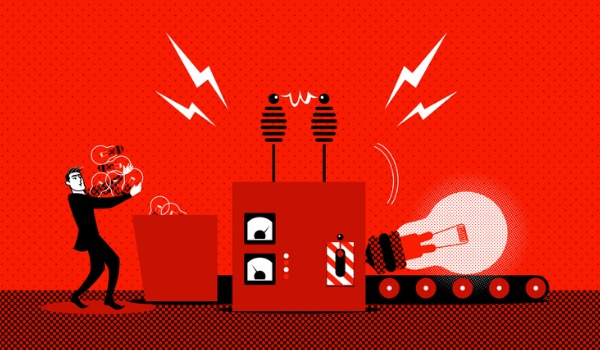

 Two of the reasons employee recognition programmes fail are:
Two of the reasons employee recognition programmes fail are: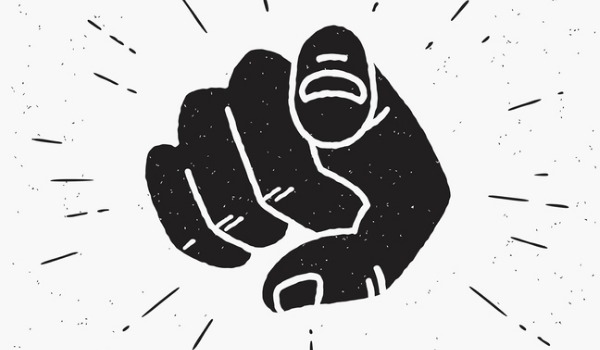 You need to know what you really want your business to stand for and to work with that. It can be beneficial to remind your managers and supervisors of your brand vision.
You need to know what you really want your business to stand for and to work with that. It can be beneficial to remind your managers and supervisors of your brand vision. Being told ‘hey, great job’ isn’t great recognition. You need real criteria, but that doesn’t just have to be numbers.
Being told ‘hey, great job’ isn’t great recognition. You need real criteria, but that doesn’t just have to be numbers.


 The most common stereotype of employee of the month is the portrait on the wall, with the little bronze “employee of the month” plaque on the frame. It doesn’t really tell you that much, does it?
The most common stereotype of employee of the month is the portrait on the wall, with the little bronze “employee of the month” plaque on the frame. It doesn’t really tell you that much, does it? Share your employee of the month winners, and their achievements, with the public.
Share your employee of the month winners, and their achievements, with the public.






 You might think this is a bit of a petty point, but just calling your scheme “employee of the month” is a bit of a missed opportunity.
You might think this is a bit of a petty point, but just calling your scheme “employee of the month” is a bit of a missed opportunity.

 So, if you’re anything like us, you’ve read the bit above and thought: “I love the idea of letting everyone cast a vote, but I hate the idea of gathering the votes.” And that’s not an unreasonable thought, chasing something that’s not directly work related can be like herding cats.
So, if you’re anything like us, you’ve read the bit above and thought: “I love the idea of letting everyone cast a vote, but I hate the idea of gathering the votes.” And that’s not an unreasonable thought, chasing something that’s not directly work related can be like herding cats.
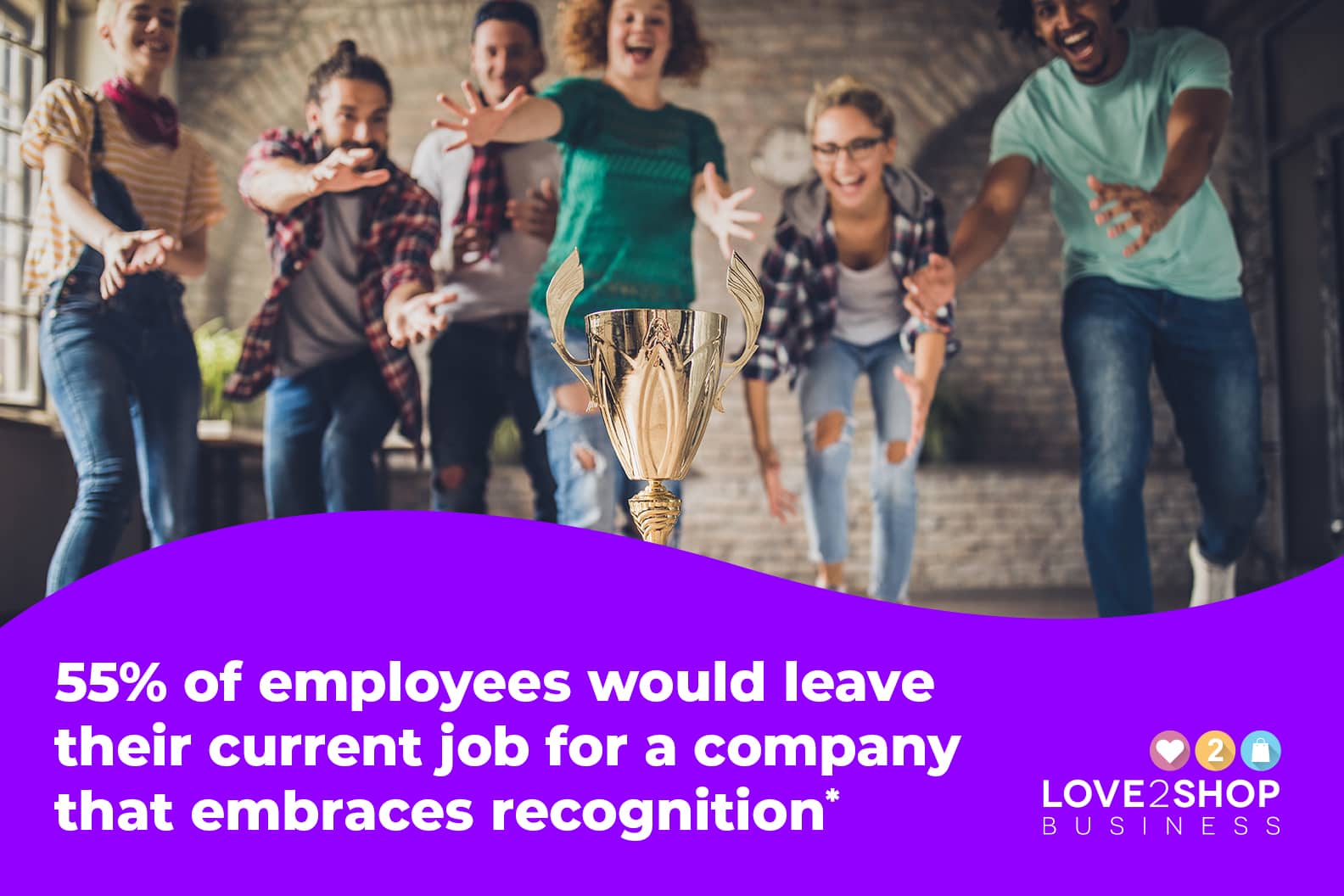
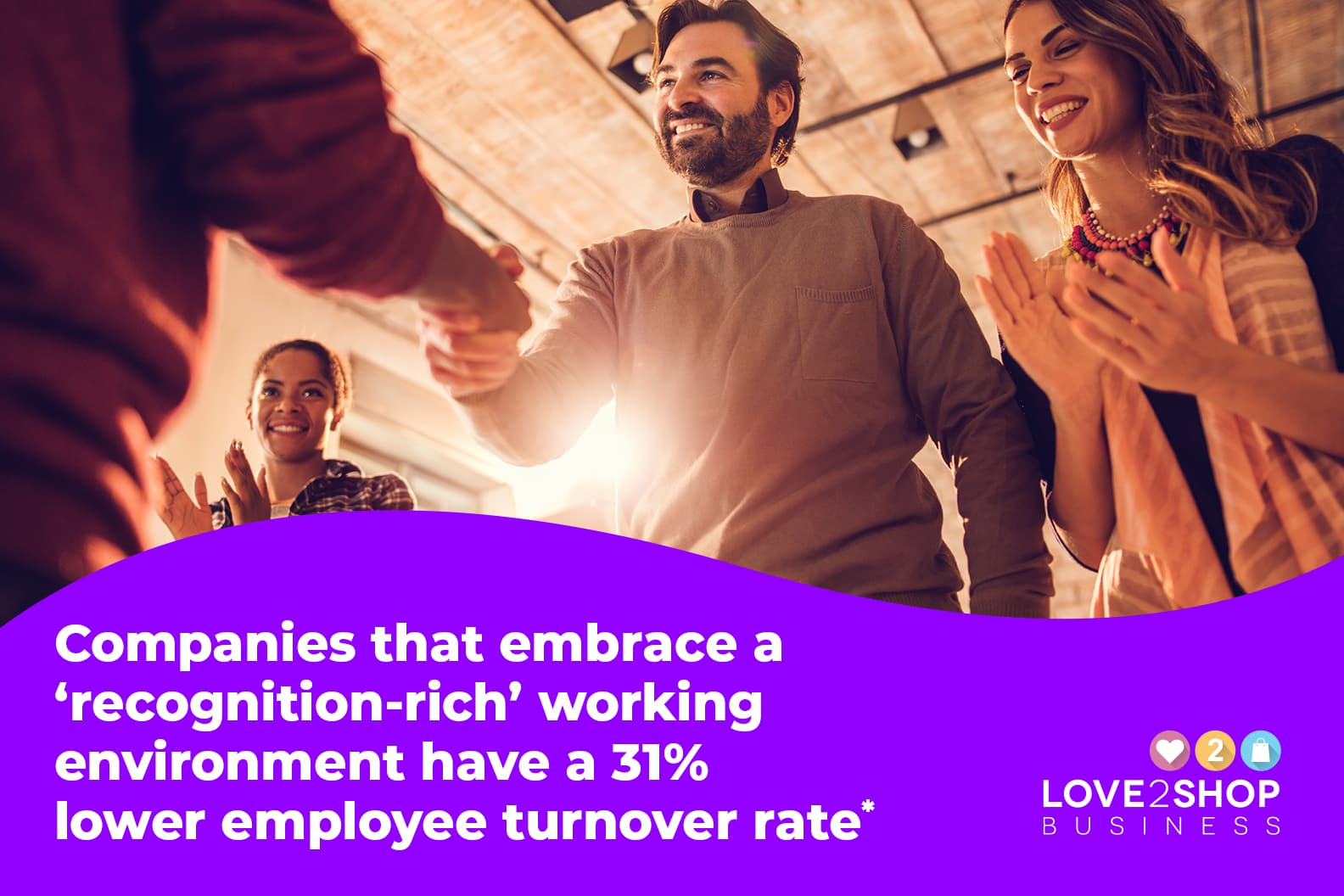

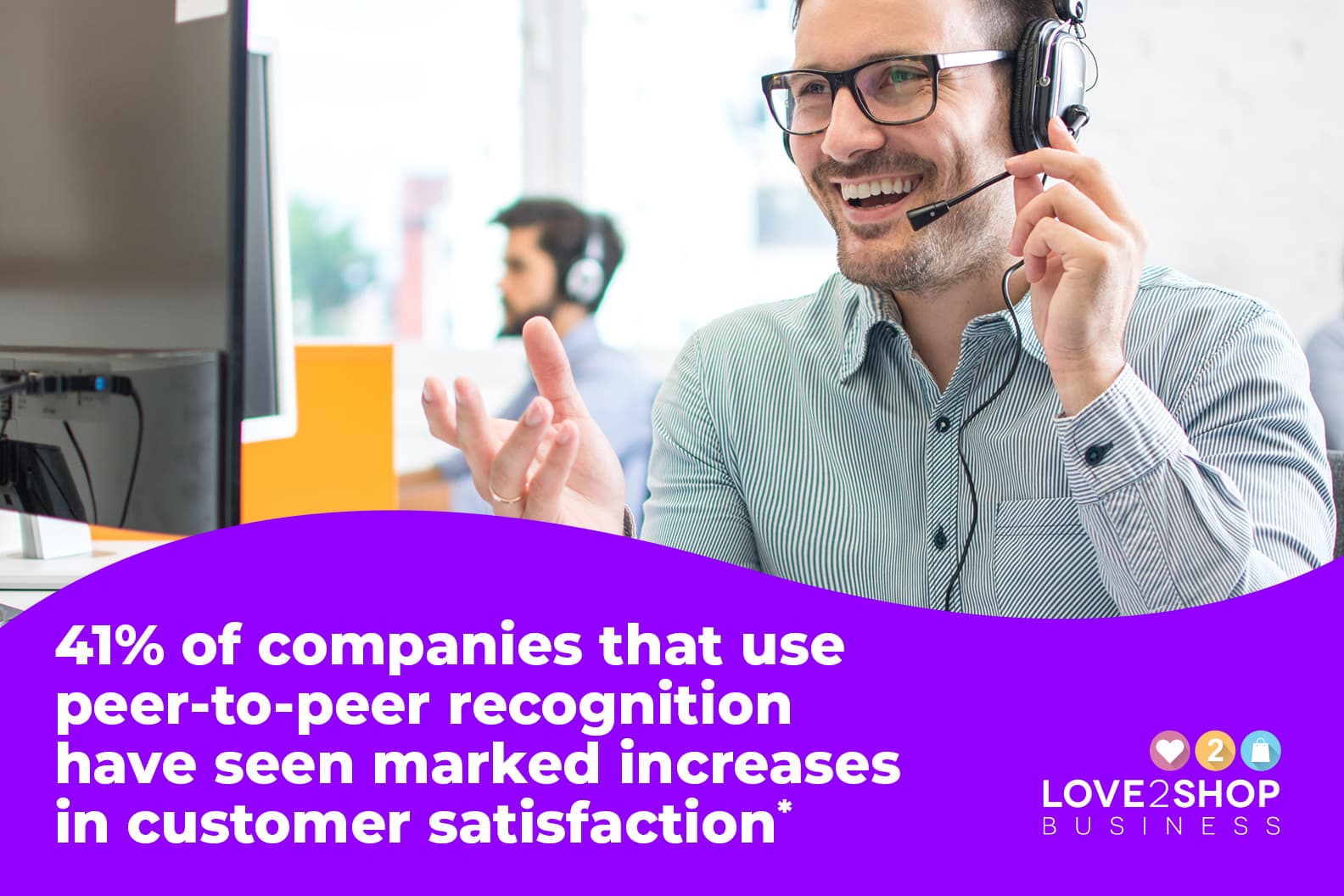
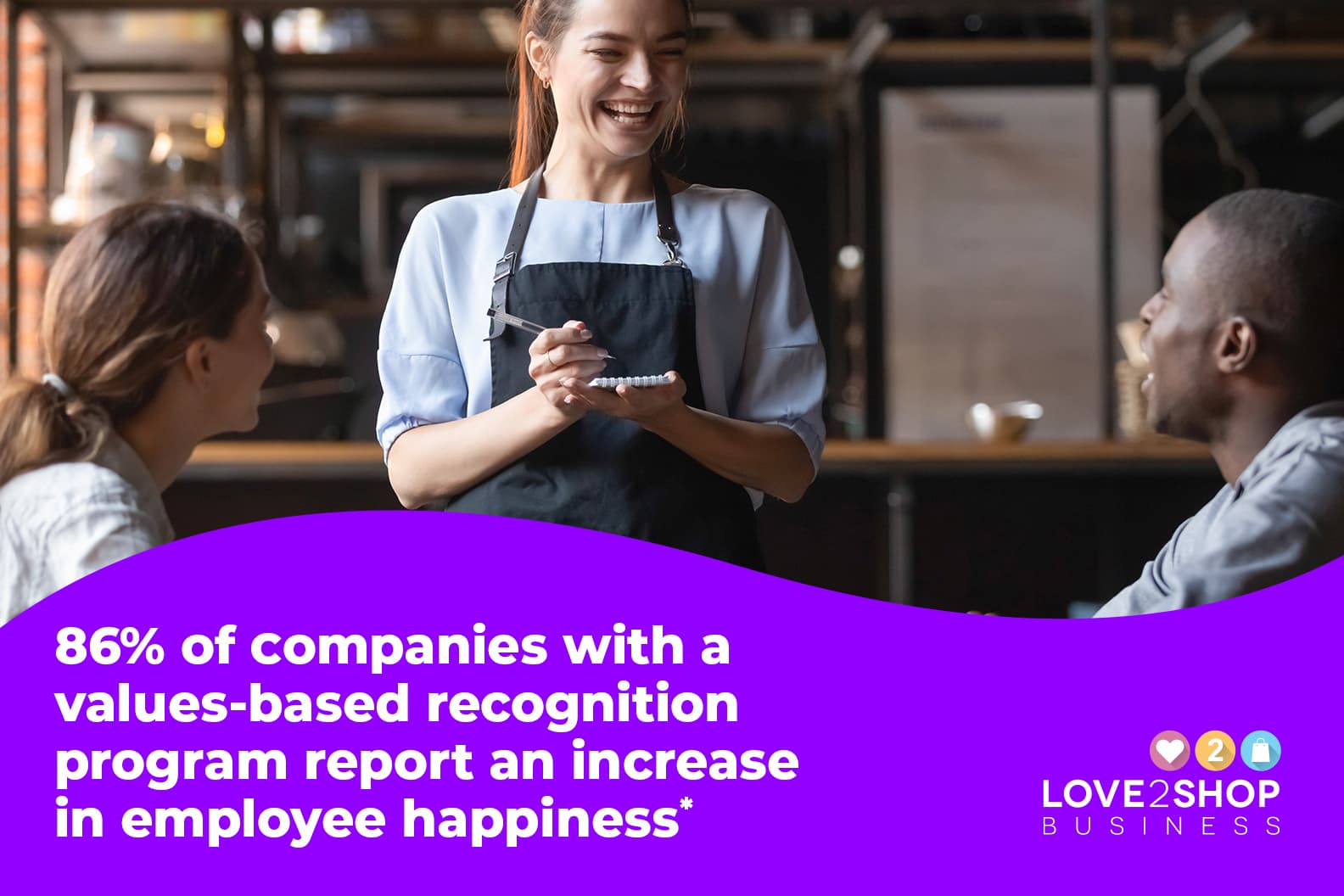



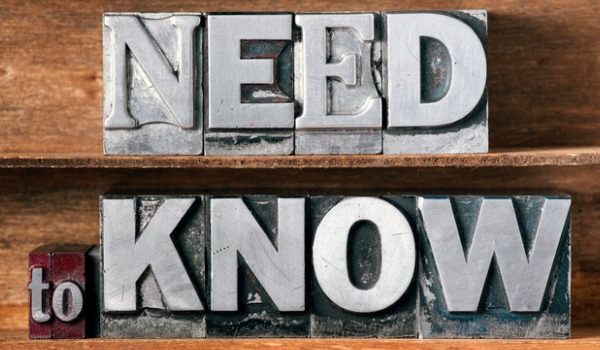
 By definition, employee recognition is:
By definition, employee recognition is: No one wants to feel like their achievements aren’t valued or noticed. When staff feel unappreciated or ignored, they lose heart. It’s only a natural reaction.
No one wants to feel like their achievements aren’t valued or noticed. When staff feel unappreciated or ignored, they lose heart. It’s only a natural reaction. When you embrace employee recognition, it becomes a feedback loop for your company culture.
When you embrace employee recognition, it becomes a feedback loop for your company culture. You’ve probably heard about employee engagement by now. If you haven’t already thought about it, read a
You’ve probably heard about employee engagement by now. If you haven’t already thought about it, read a  Choosing the right time to recognise – Use a similar checklist to our when to reward section but make some changes.
Choosing the right time to recognise – Use a similar checklist to our when to reward section but make some changes. Take a look at these ideas as a starting point. Every business is different, so please don’t feel like you should be constrained by these suggestions.
Take a look at these ideas as a starting point. Every business is different, so please don’t feel like you should be constrained by these suggestions. The most effective employee recognition will focus on tangible outcomes.
The most effective employee recognition will focus on tangible outcomes. The best employee recognition schemes don’t just stick to one way of communicating. There are benefits and limitations to every approach, so it’s best to mix and match.
The best employee recognition schemes don’t just stick to one way of communicating. There are benefits and limitations to every approach, so it’s best to mix and match. You could introduce an effective employee recognition platform with just the time it takes to plan and implement it.
You could introduce an effective employee recognition platform with just the time it takes to plan and implement it. Use an anonymous survey ahead of time to gauge how your employees feel. Ask about the areas you’d like to see influenced by an employee recognition scheme.
Use an anonymous survey ahead of time to gauge how your employees feel. Ask about the areas you’d like to see influenced by an employee recognition scheme.



 Approval and acceptance from peers is a powerful motivator. It’s a part of being human no one can escape.
Approval and acceptance from peers is a powerful motivator. It’s a part of being human no one can escape.
 Our need to feel welcome, and our need to belong, are fundamental parts of the human experience. In the distant past it was more than just a good feeling, it was about survival.
Our need to feel welcome, and our need to belong, are fundamental parts of the human experience. In the distant past it was more than just a good feeling, it was about survival.
 Improving a co-worker’s mental health is a noticeable result of taking the time to thank a colleague.
Improving a co-worker’s mental health is a noticeable result of taking the time to thank a colleague.